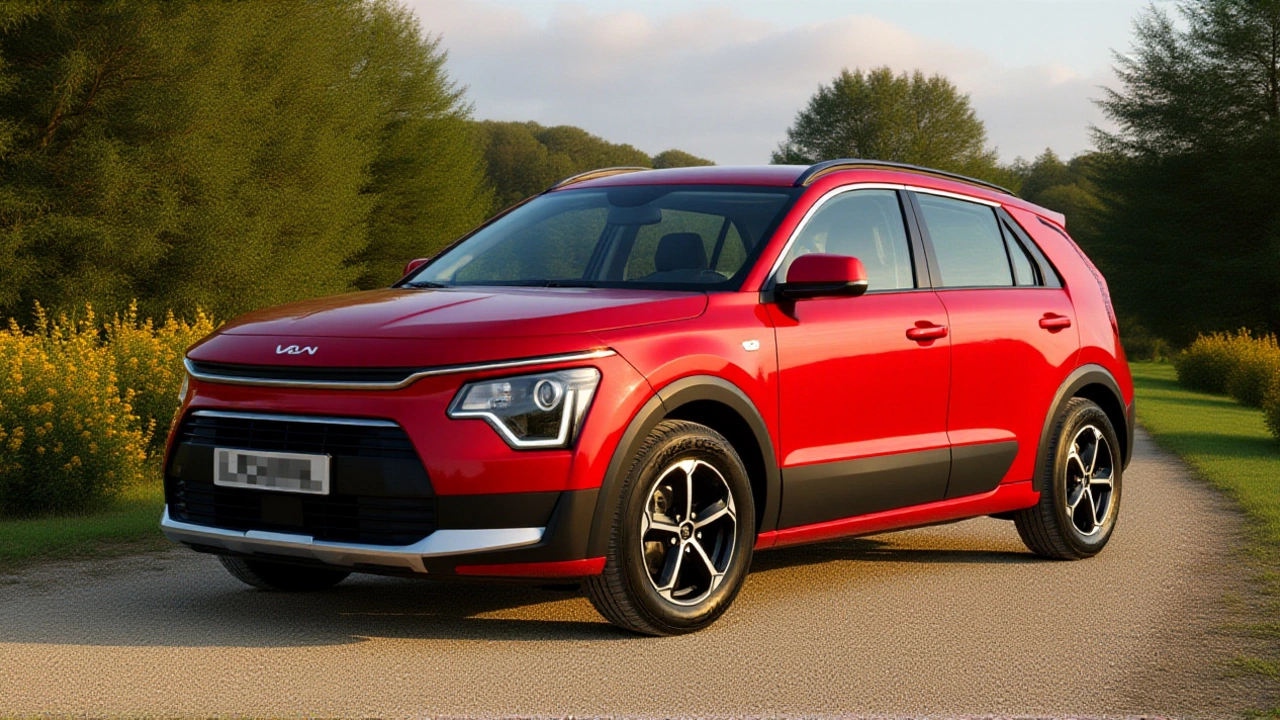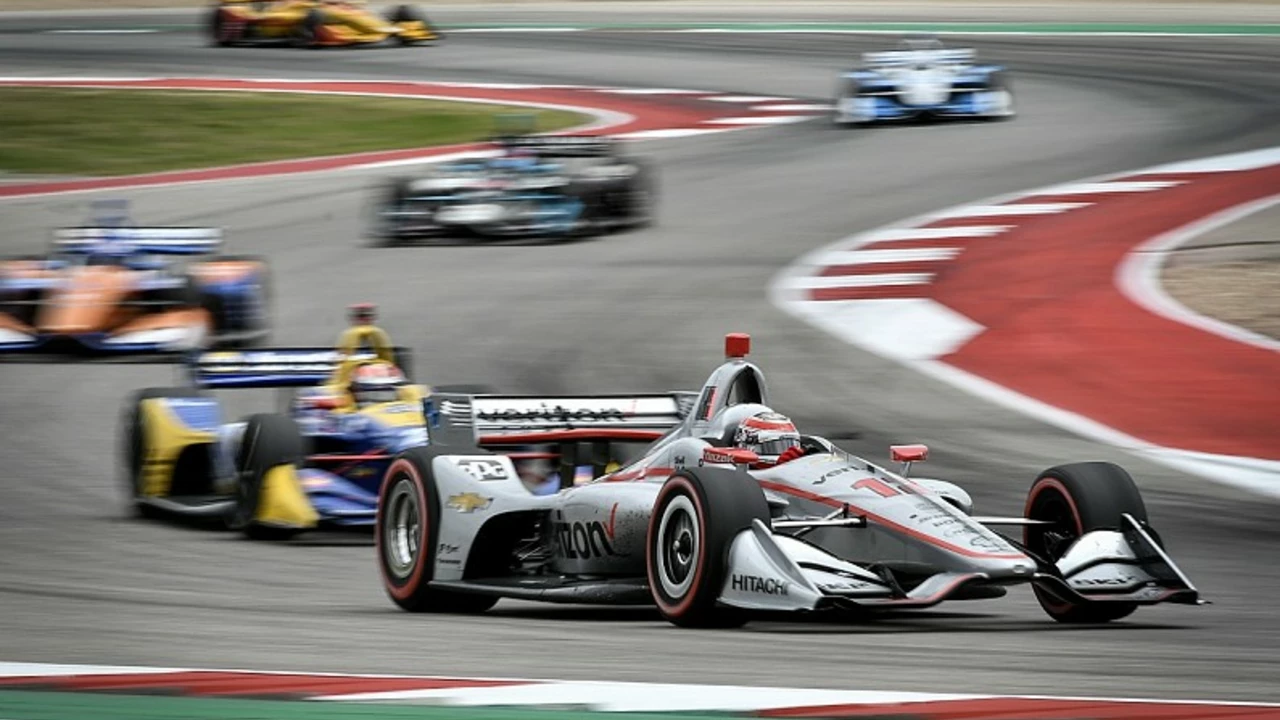Automotive Comparison: IndyCar vs Formula 1 Car Length
Ever wondered which race car stretches out longer on the track? It’s a simple question, but the answer tells you a lot about how each series designs its machines. In this guide we compare the overall length of IndyCars and Formula 1 cars, break down the numbers, and look at why those inches matter.
What’s the size difference?
Formula 1 cars usually sit between 180 and 200 inches long. That’s roughly 4.6 to 5.1 meters. IndyCars, on the other hand, average about 191 inches, or just under 4.9 meters. On average, an F1 car is a few inches longer than an IndyCar, but the gap isn’t huge.
The specs can wiggle a bit. Different chassis, updates for a new season, and even the type of track can shift the exact measurement. Still, if you line up a brand‑new F1 car next to an IndyCar, the F1 will most often be the longer one.
Why does length matter?
Length affects aerodynamics. A longer car can host a larger rear wing and more surface area for airflow management, which helps F1 cars slice through the air on twisty circuits. IndyCars rely more on speed on ovals, so they keep a slightly tighter package to stay stable at very high speeds.
Weight distribution also ties into length. A longer wheelbase spreads the weight out, giving a smoother ride in high‑speed corners. That’s part of why F1 designers chase a longer wheelbase when a track demands high downforce.
But longer isn’t always better. On tight street circuits, a shorter wheelbase can make a car more agile. That’s why some F1 teams experiment with shorter layouts for tracks like Monaco, while IndyCars stick to a more uniform length to keep handling predictable across ovals and road courses.
So, the difference isn’t just about numbers on a page. It’s a trade‑off between straight‑line speed, cornering grip, and how the car feels to the driver. Knowing the length helps fans understand why each series looks and performs the way it does.
If you’re new to motorsport, remember that both IndyCar and F1 are engineered to excel in their own playgrounds. The few inches that set them apart are a result of different design goals, not a sign that one is outright better than the other.
Next time you watch a race, try spotting the length difference in the pit lane. The visual gap may be small, but the engineering story behind it is huge. And that’s the fun of automotive comparison – you get to see how tiny changes shape the whole racing experience.
 26 Nov
26 Nov
Top Motability Cars for Q4 2025: Kia Niro EV Leads Zero Advance Payment Picks
Richard Aucock highlights top Motability Scheme cars for Q4 2025, with the Kia Niro EV leading zero advance payment options. Electric models surge as the UK nears its 2030 ICE phaseout, offering greater independence for PIP recipients.
Read More... 27 Jul
27 Jul
Which car is longer: IndyCar or Formula 1?
After researching and comparing, it turns out that Formula 1 cars are typically longer than IndyCars. The standard length of a Formula 1 car ranges between 180 to 200 inches, while an IndyCar measures around 191 inches. So, while there's not much in it, on average, F1 cars tend to be a bit longer. However, keep in mind that the specifications can vary a bit from one model to another. It's a fascinating comparison, isn't it?
Read More...



